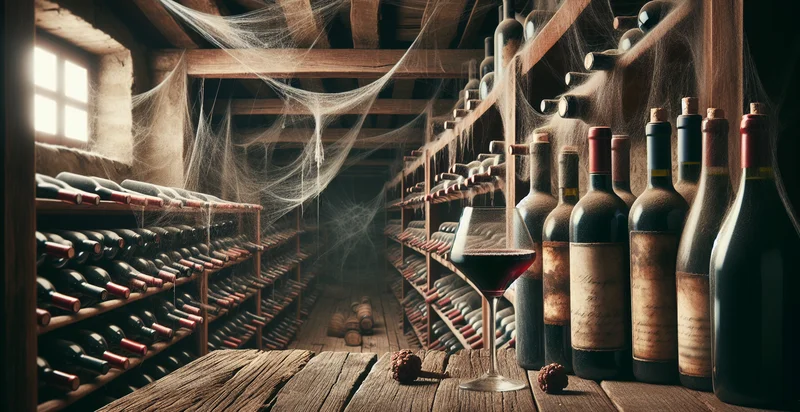Identify wine leg evaluations
using AI
Below is a free classifier to identify wine leg evaluations. Just upload your image, and our AI will predict if the wine is of high quality - in just seconds.

Contact us for API access
Or, use Nyckel to build highly-accurate custom classifiers in just minutes. No PhD required.
Get started
import nyckel
credentials = nyckel.Credentials("YOUR_CLIENT_ID", "YOUR_CLIENT_SECRET")
nyckel.invoke("wine-leg-evaluations", "your_image_url", credentials)
fetch('https://www.nyckel.com/v1/functions/wine-leg-evaluations/invoke', {
method: 'POST',
headers: {
'Authorization': 'Bearer ' + 'YOUR_BEARER_TOKEN',
'Content-Type': 'application/json',
},
body: JSON.stringify(
{"data": "your_image_url"}
)
})
.then(response => response.json())
.then(data => console.log(data));
curl -X POST \
-H "Content-Type: application/json" \
-H "Authorization: Bearer YOUR_BEARER_TOKEN" \
-d '{"data": "your_image_url"}' \
https://www.nyckel.com/v1/functions/wine-leg-evaluations/invoke
How this classifier works
To start, upload your image. Our AI tool will then predict if the wine is of high quality.
This pretrained image model uses a Nyckel-created dataset and has 2 labels, including Thick and Thin.
We'll also show a confidence score (the higher the number, the more confident the AI model is around if the wine is of high quality).
Whether you're just curious or building wine leg evaluations detection into your application, we hope our classifier proves helpful.
Related Classifiers
Need to identify wine leg evaluations at scale?
Get API or Zapier access to this classifier for free. It's perfect for:
- Quality Control in Winemaking: This use case involves utilizing wine leg evaluations to assess the quality of wine during the production process. By analyzing the characteristics of the wine legs, winemakers can gain insights into the viscosity and alcohol content, helping them to ensure product consistency before bottling.
- Consumer Education: Wine retailers can leverage wine leg evaluations to educate customers on the relationship between wine legs and alcohol content or sweetness. Informative displays featuring this analysis can enhance customer experience and guide them in making informed purchasing decisions.
- Wine Pairing Recommendations: Wine-centric platforms can implement this classification function to enhance their recommendation systems. By analyzing wine legs alongside flavor profiles, the system can suggest ideal food pairings based on visual and sensory characteristics.
- Brand Differentiation: Wineries can utilize wine leg evaluations to create unique selling propositions. By showcasing distinctive leg characteristics in marketing materials, they can differentiate their products in a crowded market and appeal to connoisseurs interested in quality indicators.
- Research & Development: R&D departments in winemaking companies can apply this function for experimenting with different grape varieties and production techniques. By analyzing leg patterns, they can correlate certain styles or processes with specific leg formations, driving innovation in wine production.
- Wine Competition Entries: This classification can assist wineries in preparing for competitions by providing visual evidence of a wine's quality. Winemakers can use wine leg evaluations as part of their submission materials to demonstrate the craftsmanship of their products to judges.
- Market Trend Analysis: Analysts in the wine industry can study wine legs across different brands and varietals to identify market trends. By gathering data on leg characteristics over time, they can forecast emerging consumer preferences and advise producers on adapting their offerings accordingly.


